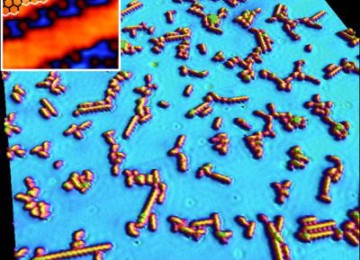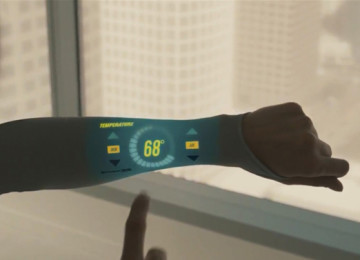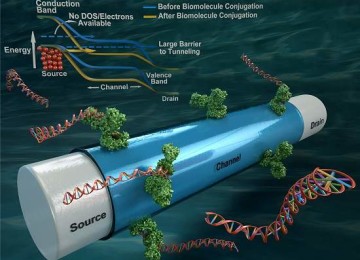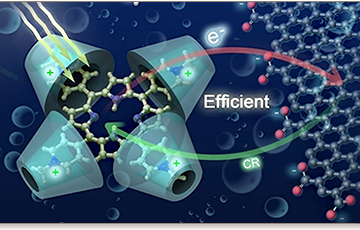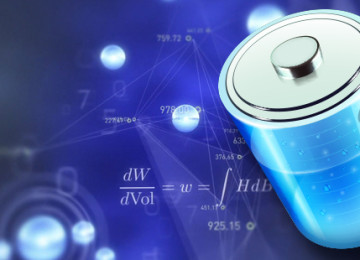Graphene-Tantalum create high density memory
While graphene is often suggested as a replacement for silicon in next-generation computer chips, it could make a more immediate impact as better wrapping for copper wires on today’s silicon chips.
Tech to use graphene as isolation instead of Tantalum:
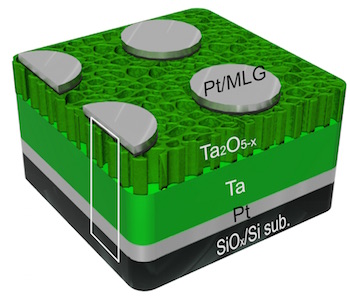
Structure of tantalum oxide multilayer graphene and platinum used for a new type of memory
“Researchers have made tremendous advances on all of the other components in chips, but recently there hasn’t been much progress on improving the performance of the wires,” said H.-S Wong, who led the research, in a press release.
The tantalum-nitride sheathing that is currently used on copper wires in chips serves two functions. One is to help conduct electricity and the other is to isolate the copper from the silicon on the chip. Unlike the outer sheathing used in household copper wires, where the wrapping prevents the wires from electrocuting us, the tantalum nitride ensures that copper atoms do not contaminate the silicon transistors.
In the research, which was presented this week at Symposia of VLSI Technology and Circuits in Kyoto, Japan, the scientists disclosed that they could achieve this same isolating function using a graphene wrapping that was eight times thinner than the tantalum nitride.
The researchers estimate that if you replaced the tantalum nitride wrappings with graphene ones on the copper wires in today’s computer chips, the improvements would be modest—in the range of four to 17 percent faster wire speeds.
However, as transistors and chip dimensions continue to shrink, the researchers believe this new graphene sheathing could increase wire speeds by 30 percent within the next two generations of computer chips.
Wong added: “Graphene has been promised to benefit the electronics industry for a long time, and using it as a copper barrier is perhaps the first realization of this promise.”
Tech depended in graphene and tantalum oxide:
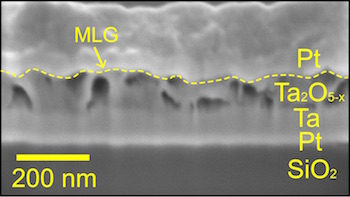
Memory wafer seen in this electron microscope appear layered structure of tantalum oxide graphene multilayer
Scientists at Rice University have created a solid-state memory technology based on graphene and tantalum oxide (a common insulator in electronics) that allows for high-density storage with a minimum occurrence of computer errors.
Applying voltage to a graphene, tantalum, nano-porous tantalum oxide and platinum structure creates addressable bits where the layers meet. Control voltages that shift oxygen ions and vacancies switch the bits between ones and zeroes. This design may allow for crossbar array memories that store up to 162 gigabits, higher than other oxide-based memory systems under investigation by scientists.
The new devices require only two electrodes per circuit, making them simpler than present-day flash memories that use three. The new design is also said to require 100 times less energy than present devices. It is a new way to make non-volatile computer memories – memories that hold their data even when the power is off, unlike volatile random-access computer memories that lose their contents when the machine is shut down.
The scientists state that since the new graphene-tantalum design is based on two-terminal systems, it’s all set for 3D memory stacks and doesn’t need diodes or selectors, making it one of the easiest ultra-dense memories to construct. It should be a real competitor for the growing memory demands in high-definition video storage and server arrays.












